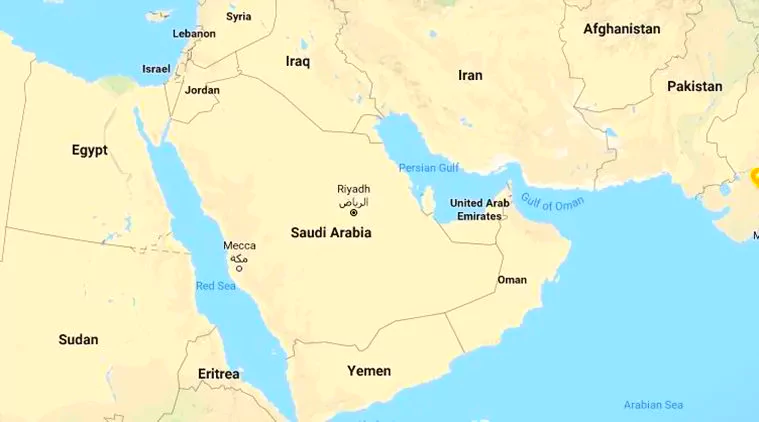![]() 15 Feb 2024
15 Feb 2024

This editorial is based on the news “C Raja Mohan writes: In closer ties with the Gulf, a significant win for Indian diplomacy” which was published in the Hindu. This article focuses on the significant transformation in India’s relations with Gulf countries under the current Indian Prime Minister’s leadership.
| Relevancy for Prelims: Gulf Countries, Gulf Cooperation Council (GCC), India-Middle East-Europe Corridor, Middle East, and India UAE Relations.
Relevancy for Mains: India’s relations with Gulf Countries-Need, Changes and Opportunities. |
|---|

Gulf Countries Map
The cooperation between India and Gulf is becoming stronger and it provides opportunities for both the regions to cooperate and collaborate more for their mutual benefits and the new agenda must include prosperity and peace in the Western Indian Ocean along with economic and defense cooperation.
| Must Read | |
| NCERT Notes For UPSC | UPSC Daily Current Affairs |
| UPSC Blogs | UPSC Daily Editorials |
| Daily Current Affairs Quiz | Daily Main Answer Writing |
| UPSC Mains Previous Year Papers | UPSC Test Series 2024 |

<div class="new-fform">
</div>